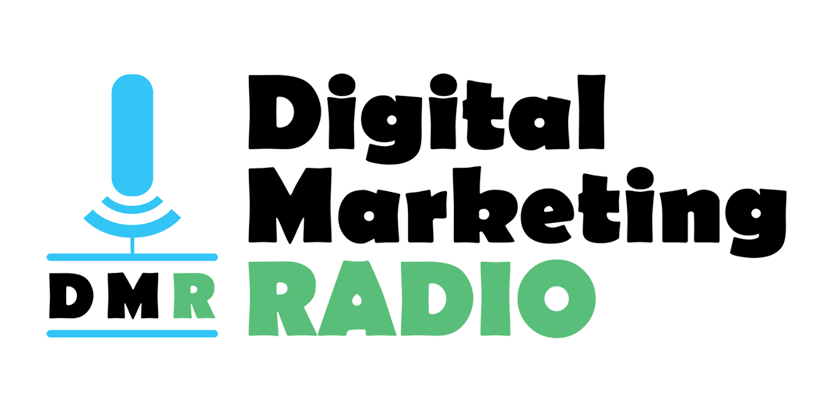In December 2018, Hubspot Academy and Digital Marketing Radio brought together 120 of the worlds leading digital marketers - myself included. We were all asked to answer one question - What’s your number 1, actionable digital marketing tip for 2019?
My fellow guests included Aleyda Solis, Phil Pallen, AJ Wilcox, Jonny Ross, Greg Gifford, Lukasz Zelezny, and Damon Gochneaur. Some great minds with great digital marketing insight.
The video is a must watch.
Transcript: My number one tip, ensure your website content is readable
If a page hasn't loaded within three seconds and it's not readable in ten, people leave and head towards a faster and clearer website.
That gives you seven seconds to grab someone’s attention once your page has loaded
Poor readability is a sign you’re not looking after your audience and can mean:
- You spend a lot of time, money, and resources producing content that isn’t fit for purpose
- You don’t have an engaged audience
- You lose audience trust
- You find your customers taking their business elsewhere
- and you lose revenue
If you want your content to be understood by 80% of Americans, write at a grade eight level. A lot of online content doesn’t do this and is too complex for the average consumer.
This is something the Dutch government also found when it began to use readability tools. Its content was too complicated for the majority of readers in the Netherlands.
Without the clarity readability brings, you can cause a lot of problems for your customer and yourself.
So much so, readability is becoming a recognized legal requirement. We’ve seen this happen in Texas where car insurance documents now have to be at a minimum readable standard to be legally valid.
At readable.io, we collect readability data and found common issues include:
- Overuse of long sentences, adverbs, buzzwords, geekspeak, jargon, and acronyms
- Using long words when simple will do
- Confusion between a formal and conversational tone
But, the good news is these mistakes can be avoided by adopting readability measures as part of your content assessment process.
Having readable content is all about clarity of message. You’re not dumbing down what you’re saying, you're making it so the largest number of people possible can understand you.
As Bernard Kilgore from the Wall Street Journal put it, “write for the expert, but write so the non-expert can understand.’



